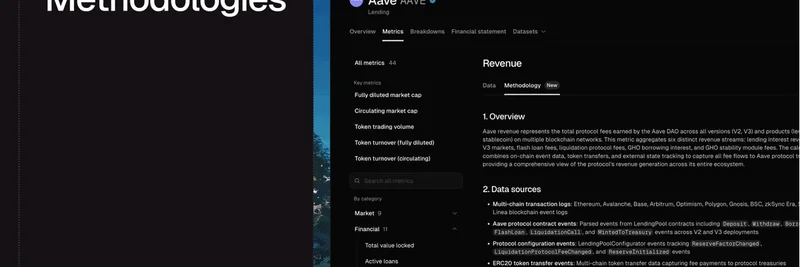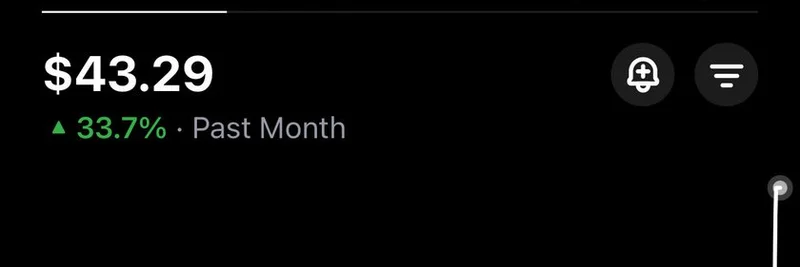Hey there, crypto enthusiasts! If you're knee-deep in the world of blockchain and meme tokens, you've probably heard the buzz around Kaspa ($KAS). This proof-of-work powerhouse is making waves with its lightning-fast transactions, and a recent tweet from BSCNews has everyone asking: What's next after the Crescendo hardfork?
For those new to the scene, Kaspa isn't your typical meme token—it's a serious Layer 1 blockchain using a unique BlockDAG (Directed Acyclic Graph) structure instead of the traditional blockchain. This allows for parallel block processing, cranking up speed without sacrificing security or decentralization. Think of it as the high-octane engine in the crypto race, appealing to developers and traders alike who might dip into meme plays on faster networks.
The tweet highlights the implementation of Crescendo, a major upgrade that bumped Kaspa's block production from 1 block per second (BPS) to a whopping 10 BPS. That's like going from a leisurely stroll to a full sprint in the transaction world. Block rewards got a trim—to keep things sustainable—but the real win is the scalability boost, making $KAS more attractive for everyday use and even meme token launches on its ecosystem.
Diving deeper into the linked article on BSC News, the roadmap post-Crescendo is packed with exciting developments. First up, the team is laser-focused on stabilizing the network at this new 10 BPS speed. They're tweaking mempool policies (that's the waiting room for transactions) using real-world data to ensure everything runs smoothly without hiccups.
Looking ahead, a full rewrite of Kaspa's core in Rust programming language is on the horizon. Why Rust? It's all about performance and safety, potentially pushing speeds to 32 BPS or even 100 BPS down the line. Imagine processing thousands of transactions per second—that could revolutionize how meme tokens operate, with near-instant swaps and launches that don't bog down the network.
Then there's the DAG Knight protocol, a security upgrade to the existing PHANTOM GHOSTDAG consensus. Funded by the community back in 2022, it aims to make Kaspa more resistant to attacks, even in high-latency scenarios. This is crucial for maintaining trust, especially as the ecosystem grows and attracts more players from the meme token crowd seeking secure, fast platforms.
Smart contracts and Layer 2 solutions are also in the works. Testnet experiments have been running since early 2024, and with KIP-15 (Kaspa Improvement Proposal 15), we're seeing the foundations for trustless archiving and sequencing. This opens doors to decentralized apps (dApps), DeFi platforms, and NFT marketplaces on Kaspa. Discussions around zero-knowledge rollups could supercharge scalability, positioning $KAS as a contender against big names like Ethereum or Solana for meme token innovation.
The ecosystem is already heating up post-Crescendo, drawing in more developers, users, and even institutional interest. While Kaspa itself isn't a meme token, its speed and low fees make it a prime spot for meme projects to thrive—think viral launches without the gas fee nightmares.
If you're a blockchain practitioner eyeing the next big thing, keep tabs on @kaspaunchained. Updates like these not only enhance technical prowess but also build a richer knowledge base for the community. Whether you're mining $KAS or just hodling for the ride, the future looks bright and speedy.
Stay tuned for more insights on meme tokens and crypto evolutions right here at Meme Insider. What's your take on Kaspa's roadmap? Drop a comment below!




